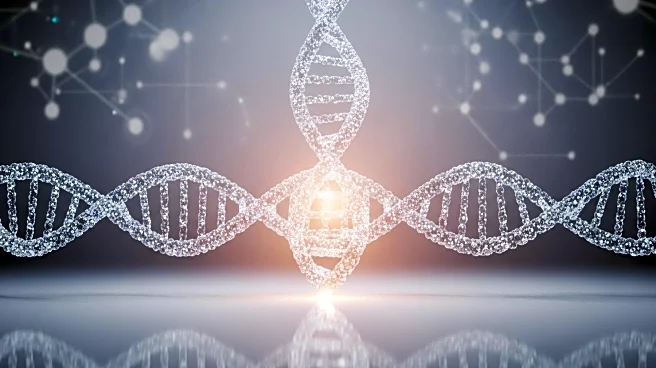What is the story about?
What's Happening?
Asmida Isa, a female scientist, emphasizes the importance of increasing female representation in STEM fields, particularly in laboratories and classrooms. The International Day of the Girl Child, observed on October 11, serves as a platform to celebrate and amplify the voices and leadership of girls worldwide. This year's theme, 'The girl I am, the change I lead: Girls on the frontlines of crisis,' highlights the role of girls as agents of change in addressing societal challenges. Despite women making up over 50% of tertiary education graduates in Malaysia, men continue to outnumber women in employment, laboratories, and leadership positions.
Why It's Important?
Increasing female representation in STEM is crucial for achieving gender equality and harnessing diverse perspectives in scientific research and innovation. The underrepresentation of women in these fields can limit the potential for groundbreaking discoveries and advancements. By encouraging more women to pursue careers in STEM, societies can benefit from a wider range of ideas and solutions to complex problems. This shift can also inspire future generations of girls to envision themselves as leaders and innovators, contributing to a more equitable and inclusive workforce.
What's Next?
Efforts to increase female representation in STEM may involve policy changes, educational initiatives, and mentorship programs aimed at supporting women and girls in these fields. Stakeholders, including educational institutions, governments, and private organizations, may collaborate to create more opportunities and remove barriers for women in STEM. Continued advocacy and awareness campaigns can help sustain momentum and drive meaningful change in gender equality within scientific and technological sectors.
Beyond the Headlines
The push for gender equality in STEM also raises ethical considerations regarding equal access to education and employment opportunities. Addressing these disparities requires a commitment to challenging stereotypes and biases that have historically marginalized women in science and technology. Long-term shifts in cultural attitudes and institutional practices are necessary to create an environment where women can thrive and contribute equally alongside their male counterparts.
AI Generated Content
Do you find this article useful?













